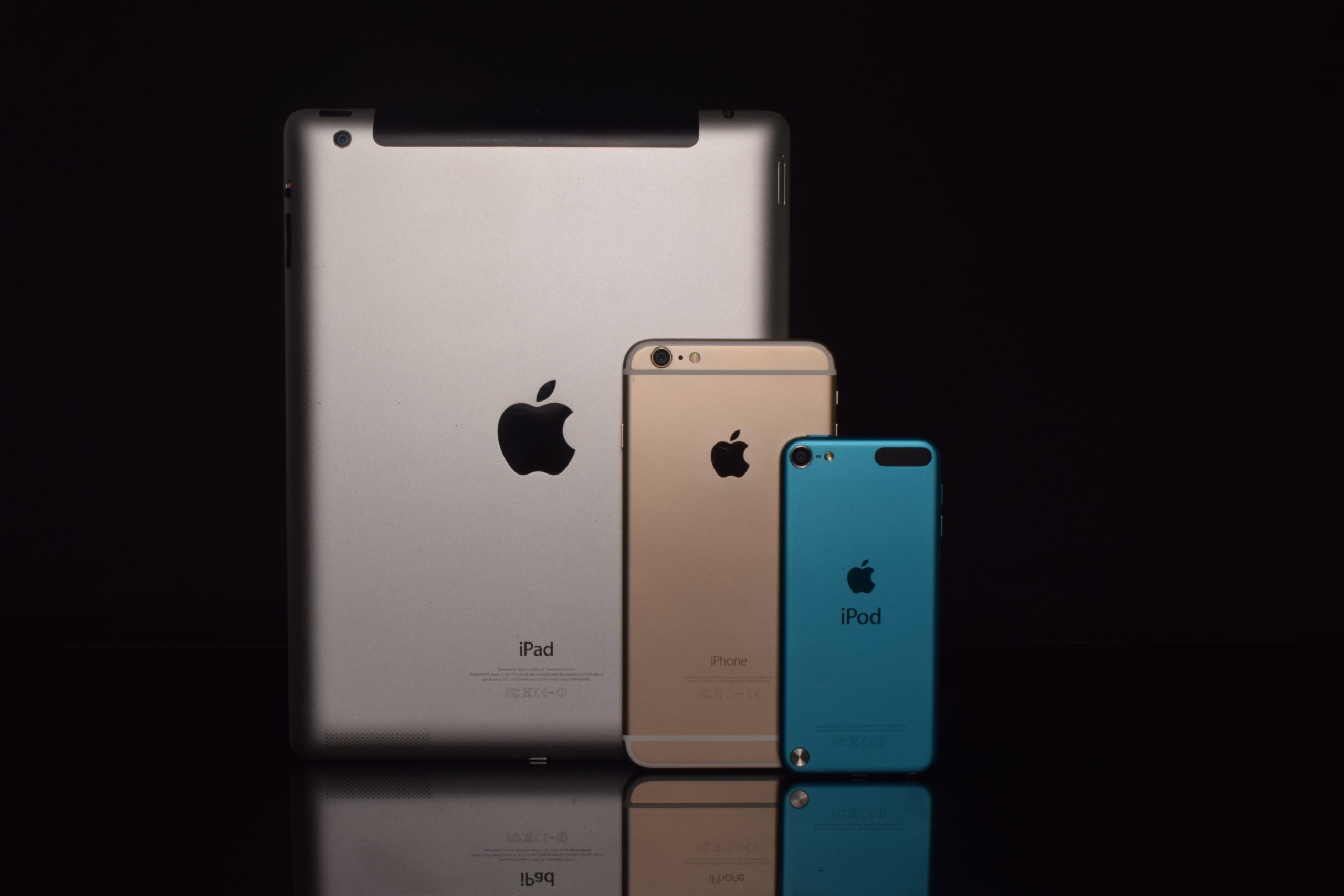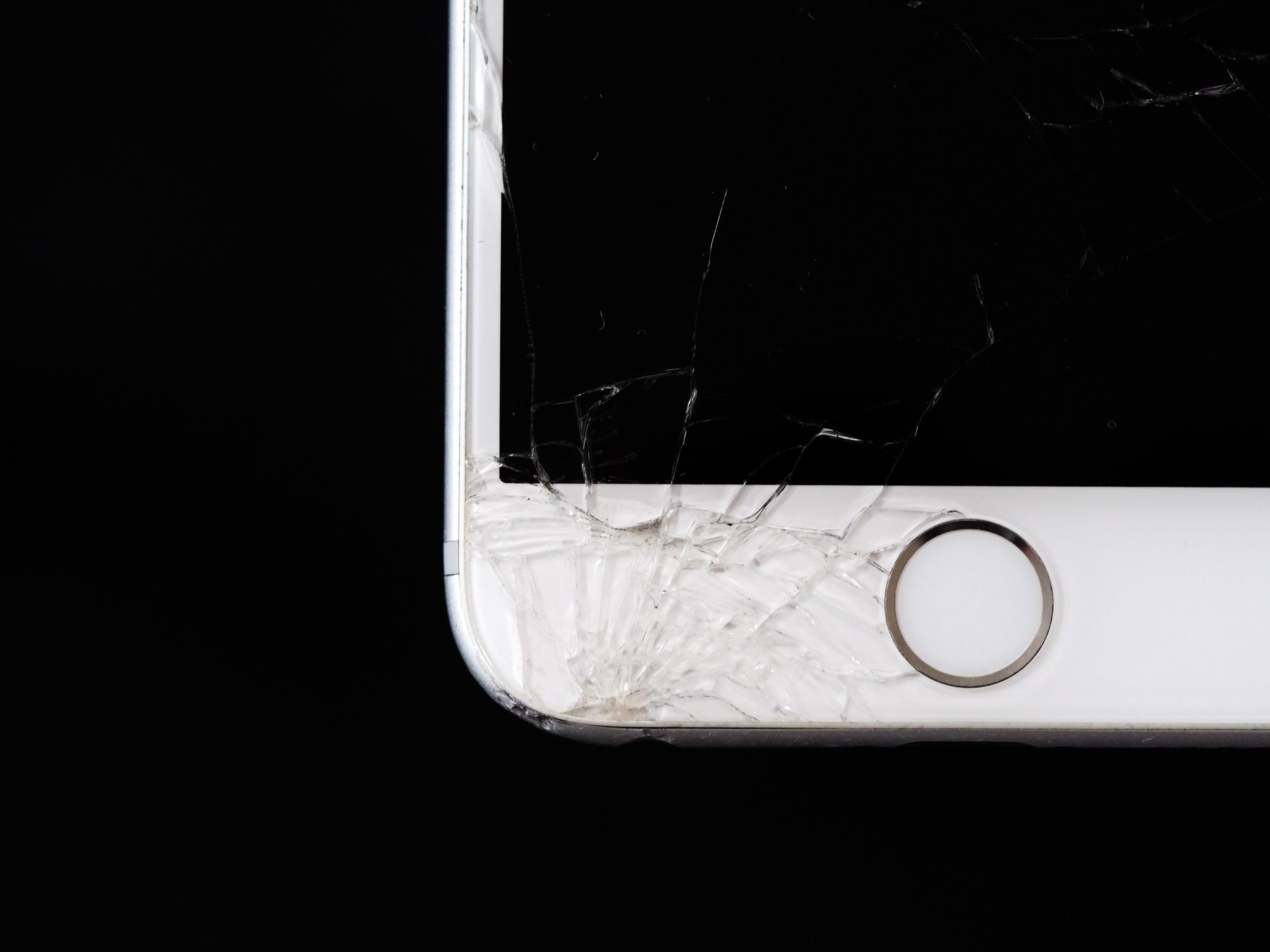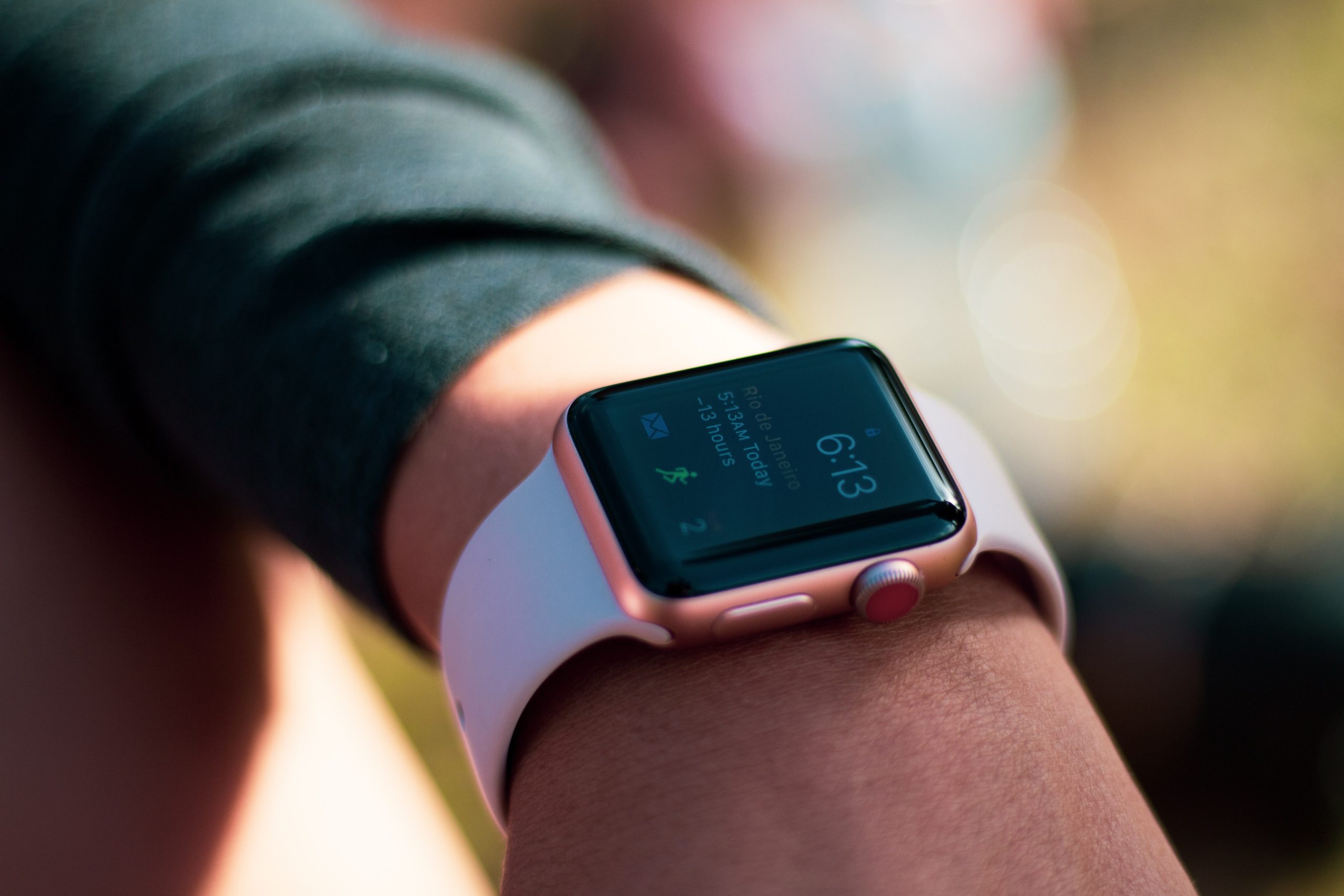Apple is undeniably one of the most influential technology companies in the world, with its wide range of products and services captivating millions of users globally. From iPhones to Macbooks, Apple devices have become an essential part of many people’s lives. However, despite their renowned quality and user-friendly interfaces, there may be occasions when customers find themselves dissatisfied with their purchases or facing unforeseen circumstances requiring a refund. If you’re among those seeking assistance in navigating the process of getting your hard-earned money back from Apple, you’ve come to the right place. In this comprehensive guide, we will walk you through the various refund policies provided by Apple so that you can confidently reclaim your funds without unnecessary hassle or confusion.
Understanding Apple’s refund policy
Apple’s refund policy is designed to provide customers with a hassle-free experience when it comes to returning or getting a refund for their purchases. Understanding this policy is crucial for those who may have made a purchase they are not satisfied with, or encountered an issue with their Apple product. The policy covers various scenarios such as returns of physical products, cancellations of digital purchases, and refunds for services.
For physical products purchased from Apple, customers can initiate the return process within 14 days from the date of delivery. The item must be in its original condition and packaging, accompanied by all accessories and documentation. However, certain items like software downloads and gift cards are non-refundable.
When it comes to digital content such as apps, music, movies, and books purchased from the App Store or iTunes Store, customers can request a refund within 90 days if they encounter any issues. This includes accidental purchases or unauthorized charges made on their account.
In terms of services like AppleCare+, iCloud storage plans, or subscriptions to Apple Music or Apple TV+, customers may be eligible for a refund depending on the length of time since the purchase was made and whether any portion of the service has been used.
Overall, understanding Apple’s refund policy is essential in ensuring that customers have access to fair options if they encounter any problems with their purchases. It provides peace of mind knowing that there are clear guidelines in place to protect consumers’ rights and ensure customer satisfaction.
 Step 1: Determine if you are eligible
Step 1: Determine if you are eligible
Before starting the process of requesting a refund from Apple, it is essential to determine if you meet the eligibility criteria. Apple has specific guidelines and policies in place for refund requests, and being aware of them can save you time and frustration. Firstly, check the timeframe within which refunds are accepted; typically, Apple allows refunds within 14 days of purchase. However, certain products or services may have different timelines. Additionally, ensure that your reason for seeking a refund aligns with Apple’s stated reasons for granting one. Common acceptable reasons include accidental purchases, technical issues with purchases, or dissatisfaction with the product or service received.
If you believe your situation fits within these parameters, gather any relevant documentation or proof to support your claim before proceeding further. This may include receipts, order numbers, screenshots of error messages encountered during purchase or usage, or any other evidence that strengthens your case for a refund. By doing so beforehand, you will be better prepared when contacting Apple’s customer support team to request a refund and increase the chances of a successful outcome.
Step 2: Gather necessary documentation and information
Once you have identified the reason for your refund request, the next step is to gather all the necessary documentation and information that will support your claim. This includes any receipts or proof of purchase that you have for the item or service you are seeking a refund for. It is important to ensure that these documents are clear and legible, as they will be used as evidence in your refund request.
In addition to receipts, you may also need to provide any relevant product serial numbers, order numbers, or account information related to your purchase. This is especially important if you are requesting a refund for a digital product or subscription service. Having this information readily available will help expedite the refund process and prevent any delays in getting your money back.
Furthermore, it is advisable to gather any additional supporting documentation that may strengthen your case. This could include screenshots of error messages or faulty products, correspondence with Apple support representatives regarding the issue, or even testimonials from other customers who experienced similar problems with the product or service. The more comprehensive and well-documented your refund request is, the higher chance you have of successfully obtaining a refund from Apple.
 Step 3: Contact Apple customer support
Step 3: Contact Apple customer support
Once you have gathered all the necessary information and prepared your case, it’s time to reach out to Apple customer support. This can be done through various channels such as phone, email, or live chat. It is recommended to use the method that best suits your needs and preferences. When contacting customer support, be sure to explain your situation clearly and provide all relevant details.
Apple’s customer support team is known for being helpful and responsive, so don’t hesitate to ask any questions or seek clarification if needed. They will guide you through the refund process and help resolve any issues that may arise along the way. Depending on the complexity of your case, the resolution may vary in terms of time frame and outcome.
Remember to remain patient throughout this process as it may take some time for a resolution to be reached. Keep all communication records with Apple customer support for future reference if necessary. With their assistance, you can increase your chances of successfully obtaining a refund from Apple for any eligible purchases or subscriptions that qualify under their refund policy.
Step 4: Provide all required details and evidence
Once you have identified the reason for your refund request and gathered all necessary information, it is crucial to provide Apple with all the required details and evidence to support your claim. This step is essential as it helps Apple understand the specific issue you are facing and allows them to assess the validity of your refund request.
When submitting a refund request, ensure that you include important details such as your order number, date of purchase, and the specific item or service for which you are seeking a refund. Additionally, provide a detailed explanation of why you believe a refund is warranted. Be concise yet thorough in explaining any problems or issues encountered with the product or service.
In addition to providing written details, it can also be beneficial to attach supporting evidence such as screenshots, photos, or videos that demonstrate the issue at hand. These visual aids can help strengthen your case by providing tangible proof of any defects or problems faced with Apple’s products or services. By including these additional pieces of evidence along with your written explanation, you increase the likelihood of obtaining a successful refund from Apple.
 Step 5: Follow up on your refund request
Step 5: Follow up on your refund request
Once you have submitted your refund request to Apple, it is important to follow up on the status of your request. This can be done by checking the email address associated with your Apple ID for any updates or notifications from Apple regarding your refund. Additionally, you can also log into your Apple account and navigate to the “Purchases” section to see if there are any updates on the status of your refund request.
If you have not received any communication from Apple within a reasonable timeframe, it may be necessary to reach out to their customer support team directly. You can contact them through various channels such as phone, chat, or email. When contacting customer support, ensure that you have all relevant information readily available including your purchase details and order number.
Remember that patience is key during this process as refunds may take some time to process depending on various factors such as payment method and location. In case of any further complications or delays in obtaining your refund, it is advisable to communicate with Apple’s customer support team promptly for assistance and clarification.
Conclusion: Tips to maximize your chances of success
In conclusion, here are some tips to help you maximize your chances of success when trying to get a refund from Apple. Firstly, it is essential to gather all the necessary information and documentation related to your purchase or issue. This may include proof of purchase, receipts, transaction details, and any correspondence with Apple’s customer support.
Secondly, be prepared to clearly explain your situation and state your reasons for requesting a refund. Providing specific details and examples can strengthen your case and make it easier for Apple’s representatives to understand the problem.
Lastly, remain persistent but polite throughout the process. If your initial request is denied, don’t hesitate to escalate the issue by speaking with higher-level customer service representatives or supervisors. Additionally, consider reaching out through multiple channels such as phone calls, emails, or even social media platforms like Twitter—sometimes a different approach can yield better results.
By following these tips and being proactive in pursuing your refund from Apple, you increase the likelihood of a successful resolution that meets your needs while ensuring a positive customer experience overall.


